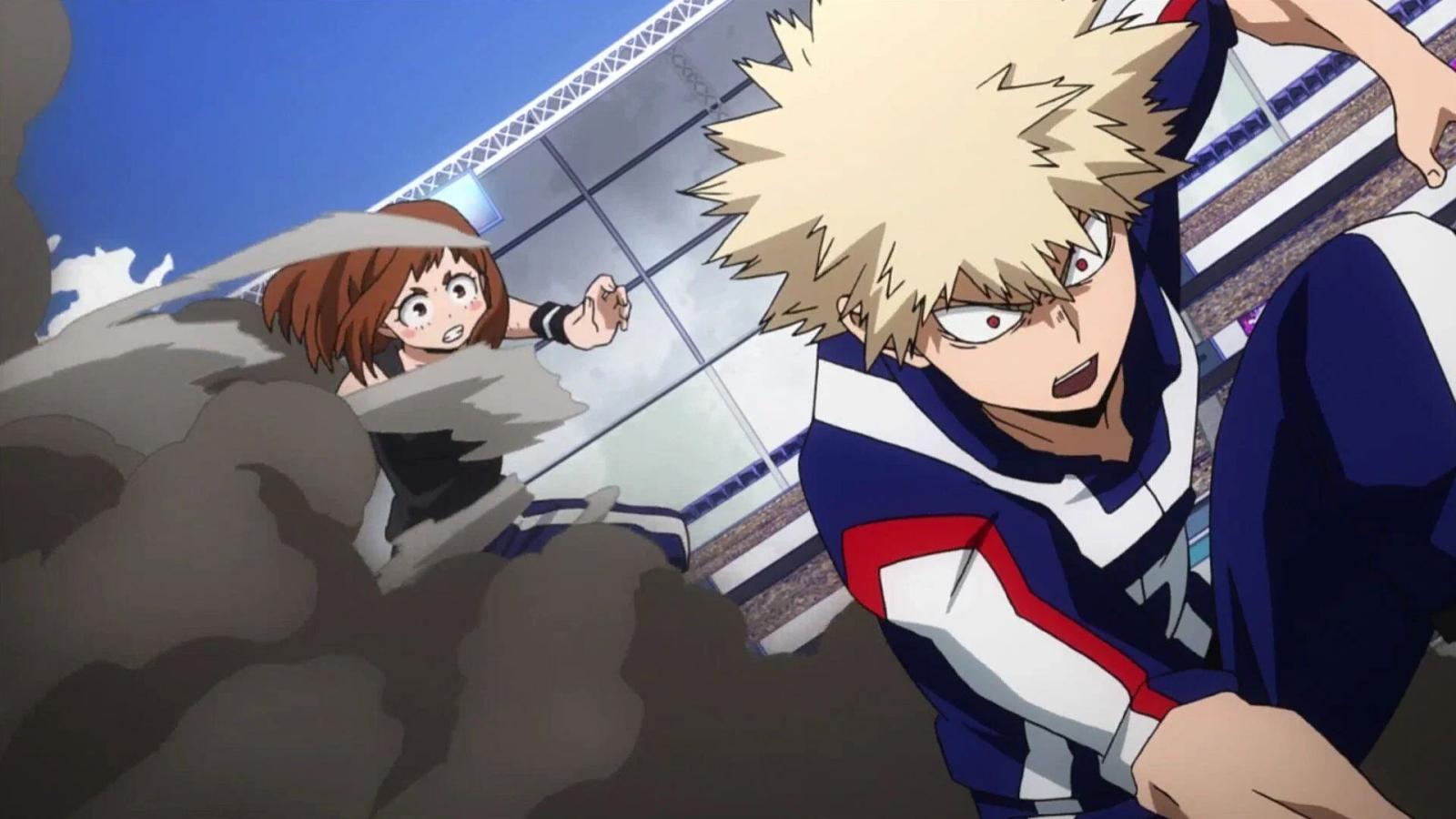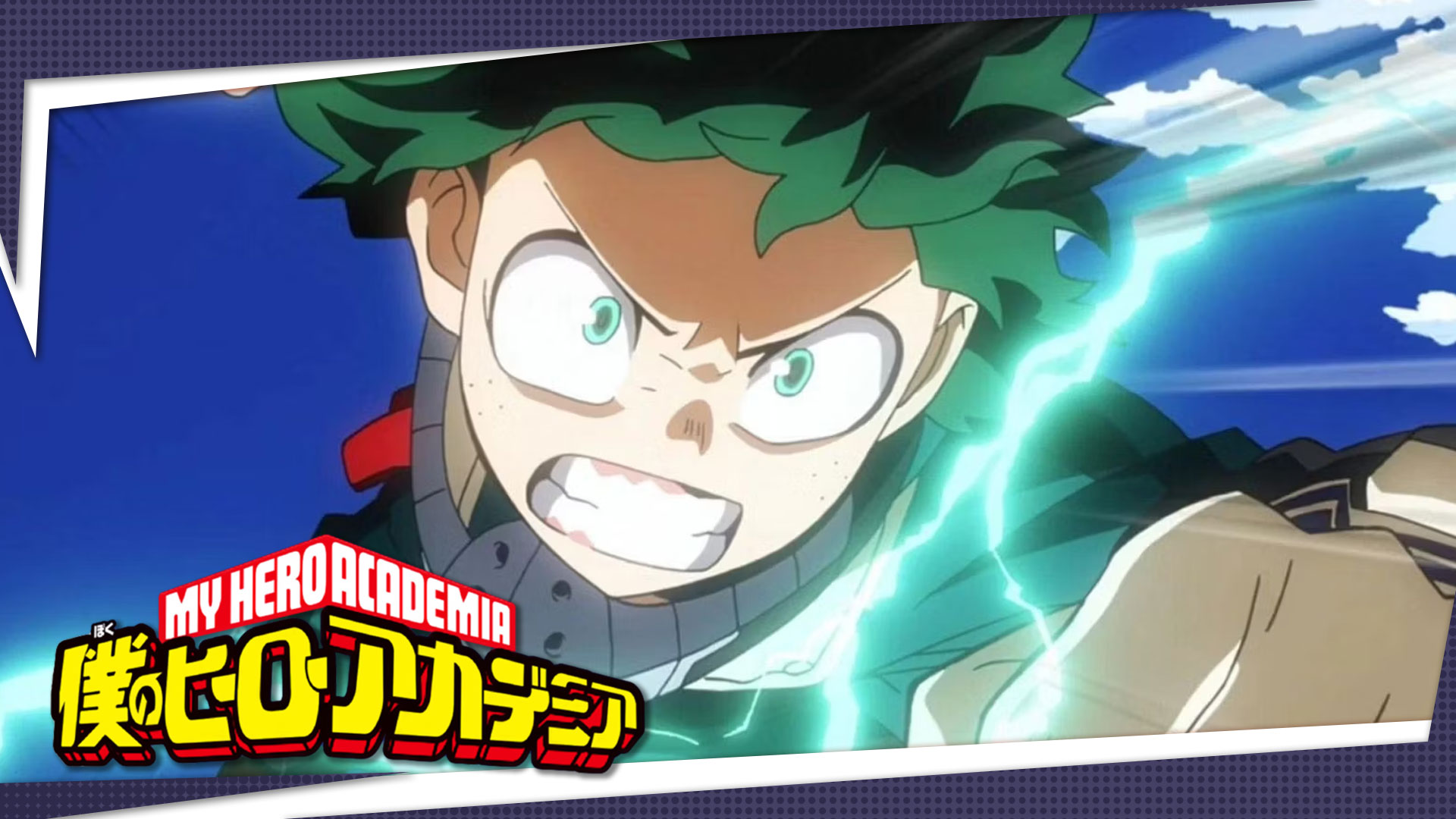There’s no “shounen trio” past the initial arcs.
Summary:
- Fans thought that Deku, Bakugo and Uraraka would form a classic “shounen trio.”
- However, it’s not the case in MHA, as there are way too many characters to focus on just three.
- This subversion made the story unique.
At the start of My Hero Academia (Boku no Hero Academia), fans expected it to go like a standard battle shounen series. That, of course, included the classic “shounen trio” trope — one we’ve seen in Naruto and Fullmetal Alchemist, for example.
However, fans assumed that the trio would be Deku, Bakugo and Uraraka — as the trope usually goes, the trio includes two boys and one girl. Yet, later in the series, this proved not to be the case — and MHA is better because it subverts this trope.
Fans Thought It Would Just Be About Deku, Bakugo and Uraraka

The logic behind this kind of trio is fairly simple. The protagonist — usually a male character — needs a friend and a rival in another character, who is usually also male. Then there’s a love interest for the protagonist (although in Naruto, Sakura’s role as a love interest is questionable).
In a sense, the setup of Deku–Bakugo–Uraraka actually makes sense with these character archetypes. However, MHA still doesn’t conform to it, and for good reason.
How This Subversion Impacted MHA’s Storytelling
There are just too many important characters in My Hero Academia to only focus on the trio of heroes. After all, it’s in the title — it’s not just the story of Deku; his classmates also play a significant role. Yes, all of them, not just two.

As such, limiting the story to the main trio also limits the interactions and involvement for other characters. Shoto Todoroki is one of fan favorites, and he wouldn’t be getting enough screen time if the anime followed the shounen trio trope.
The relationship between Deku and Bakugo is also too complex to be simply described as “friends and rivals at the same time.” By giving them separate storylines, My Hero Academia lets them develop independently from each other.
It’s Not a Strictly Good or a Strictly Bad Thing
Still, MHA subverting the shounen trio trope is not a strictly good thing. Because of this, fans feel Uraraka isn’t getting enough screen time — compared to what they initially expected.
While there are a lot of characters, many of them are still underused, although it can be argued that this is normal for shounen series with an ensemble cast that have been running for a while.
However, MHA often gets criticized for being a generic shounen — and this is a good example of how it’s not entirely generic. It breaks away from some tropes, and gives a new spin to others — that’s why it’s so popular with both modern anime fans and long-time shounen watchers.

